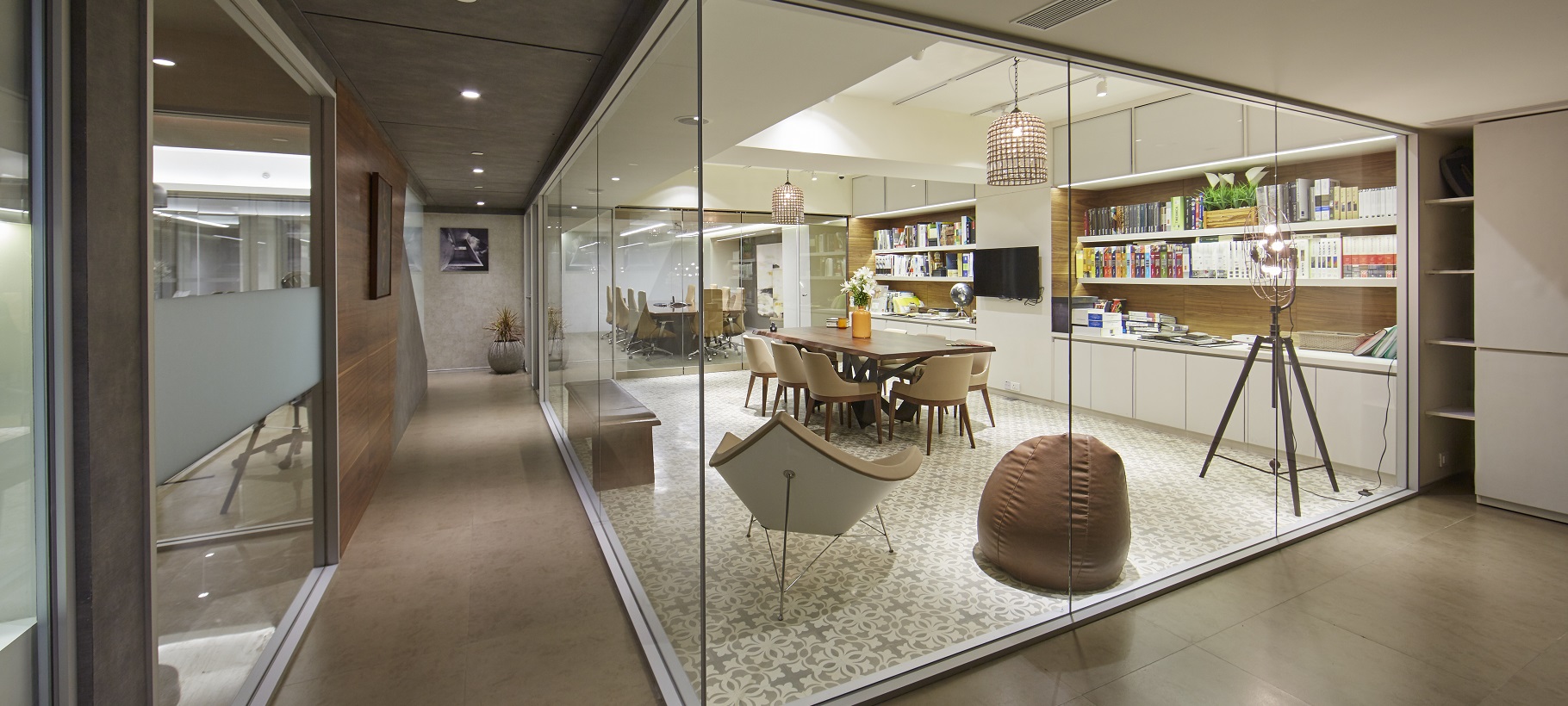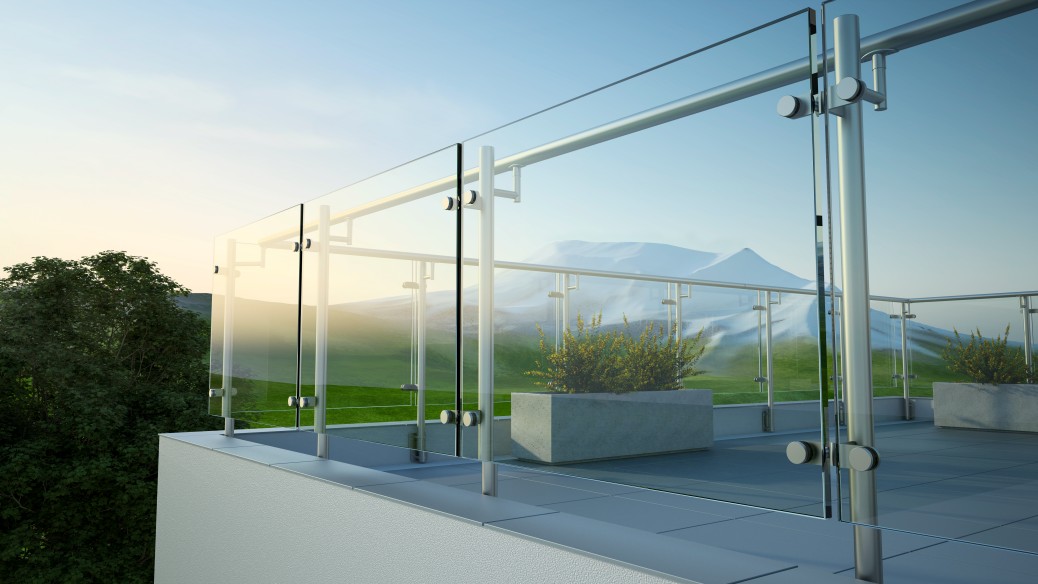Toughened glass is glass that has undergone processes of controlled thermal treatment to increase its strength. Also known as 'Tempered glass', toughened glass is made from annealed glass that has been heated to approximately 650⁰C and then rapidly cooled, making it four times stronger than the ordinary glass.
Due to the increased heat treatment and rapid cooling of the glass, the treatment produces different physical properties. This results in compressive stress on the surface and improved bending strength of the glass. Before toughening, the glass must be cut to the correct size or pressed to shape.
The Process of Toughening
The glass is carried by rollers and goes through the furnace. Three types of modes are used to heat the glass - conduction, convection and radiation. While the rollers help to conduct the heat, the coils enable radiation of heat. This ensures that the glass is evenly heated on every side. By blasting air on both the surfaces, the heated glass is then cooled uniformly.


| Parameters | Toughened Glass | Ordinary Glass |
|---|---|---|
| Strength | Known for its strength and durability | Brittle and lacks endurance |
| Breakage Pattern | Does not break easily; In the rare event of breakage, shatters into small, pebble-like pieces | Breaks under pressure; Breakage results in dangerous, jagged edges |
| Safety | Offers greater safety due to its resilience | Relatively unsafe due to its delicate nature |
| Flexibility | Can’t be altered after tempering | Can be cut, drilled, or polished |
| Application area | Appropriate for high-traffic areas | Inappropriate for high-traffic areas |